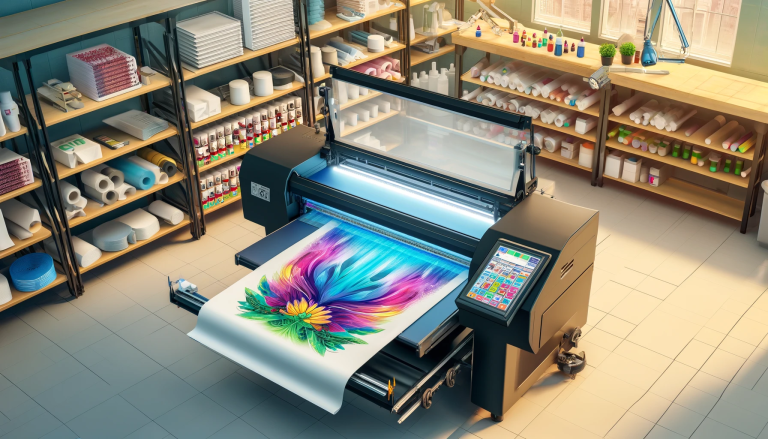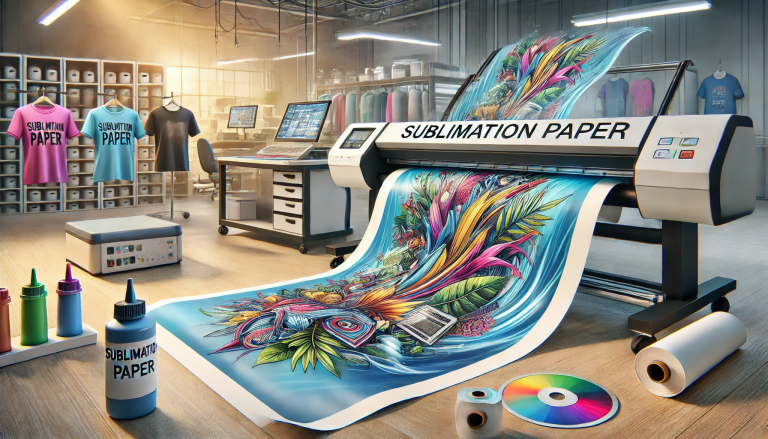In the ever-evolving world of digital printing, one innovation has significantly altered the landscape of how we transfer designs onto various materials: Hi-Sticky Sublimation Heat Paper. This cutting-edge technology has revolutionized the sublimation printing process, offering unmatched precision, quality, and ease of use. Through its unique properties and benefits, Hi-Sticky Sublimation Heat Paper has become a staple for businesses and hobbyists alike, eager to produce vibrant, lasting images on a plethora of substrates. This article delves into the essence of this innovative printing medium, exploring its features, advantages, and the impact it has had on the printing industry.
The Technology Behind Hi-Sticky Sublimation Heat Paper
At its core, Hi-Sticky Sublimation Heat Paper is designed for use in heat transfer printing, a method that involves transferring a design from paper to a substrate (such as fabric, ceramic, or metal) using heat and pressure. What sets Hi-Sticky Sublimation Heat Paper apart is its “hi-sticky” feature. This special adhesive coating ensures that the paper adheres more securely to the substrate during the transfer process, minimizing movement and resulting in sharper, more accurate transfers. This is particularly beneficial when working with stretchable or soft fabrics where image distortion can easily occur.
Advantages Over Traditional Sublimation Papers
The introduction of Hi-Sticky Sublimation Heat Paper to the market has brought several significant advantages over traditional sublimation papers. Firstly, the high-stickiness feature greatly reduces the chances of ghosting and gassing out, common issues that can affect the quality of the final print. By securing the paper firmly in place, it ensures that the sublimation inks vaporize and transfer directly onto the substrate without spreading or blurring. This capability is crucial for achieving high-resolution images with crisp, clear edges and vibrant colors.
Additionally, Hi-Sticky Sublimation Heat Paper is versatile and can be used on a wide range of substrates, including hard and soft surfaces. This opens up numerous possibilities for creating personalized items such as custom apparel, mugs, phone cases, and much more. Its ability to provide consistent results across different materials makes it an invaluable tool for businesses looking to expand their product offerings.
Impact on the Printing Industry
The introduction of Hi-Sticky Sublimation Heat Paper has had a profound impact on the printing industry, particularly in the realm of customization and on-demand printing. Businesses can now offer a broader range of customized products with confidence in the quality and durability of the print. The efficiency and reliability of Hi-Sticky Sublimation Heat Paper also mean faster turnaround times for orders, which is a significant advantage in a market where speed and flexibility are increasingly demanded by customers.
Moreover, the technology has made sublimation printing more accessible to smaller businesses and hobbyists. The ease of use and the reduced risk of errors make it an attractive option for those looking to explore the world of custom printing without a significant initial investment in equipment and materials.
Future Prospects
As the demand for personalized and customized products continues to grow, the role of Hi-Sticky Sublimation Heat Paper in the printing industry is expected to expand. Innovations and improvements in the technology will further enhance its performance and versatility, opening up new applications and opportunities. The ongoing development of eco-friendly versions of the paper, with sustainable sources and biodegradable components, is also a promising direction that aligns with the growing emphasis on environmental responsibility in manufacturing and production processes.
Conclusion
Hi-Sticky Sublimation Heat Paper represents a significant leap forward in the field of digital printing. Its unique properties not only improve the quality and efficiency of the sublimation process but also expand the creative possibilities available to businesses and individuals alike. As this technology continues to evolve and adapt, it will undoubtedly remain at the forefront of the digital printing revolution, setting new standards for quality, versatility, and innovation in the industry.




